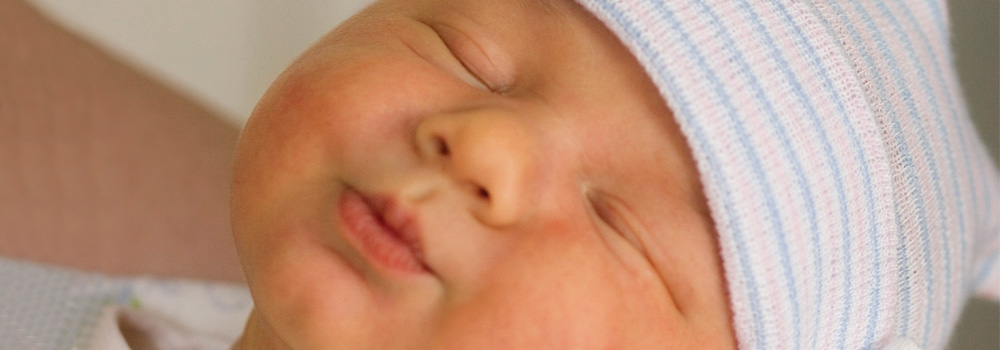Jaundice is a common condition in newborn babies that causes yellowing of the skin and the whites of the eyes. In black and brown-skinned babies, the yellowing may be more difficult to see and visible only on the palms of the hands and the soles of the feet. It is very common and usually nothing to worry about and disappears after 10-14 days.
You should feed as often as possible to encourage frequent bowel movements. If you are breastfeeding, you should continue to breastfeed your baby regularly. In some breastfed babies, the skin can continue to look a little bit yellow for up to 12 weeks. This is related to the breast milk, and is normal as long as your baby is otherwise healthy and thriving.
In more severe cases, you may be required to bring your baby back to the hospital to spend some time under a special ultraviolet light. Newborn jaundice is usually gone by about two weeks of age. More severe jaundice may need treatment. If jaundice continues for over 14 days, the jaundice does not start until seven days after birth or baby’s faeces are chalky white you must contact your health visitor or GP.


